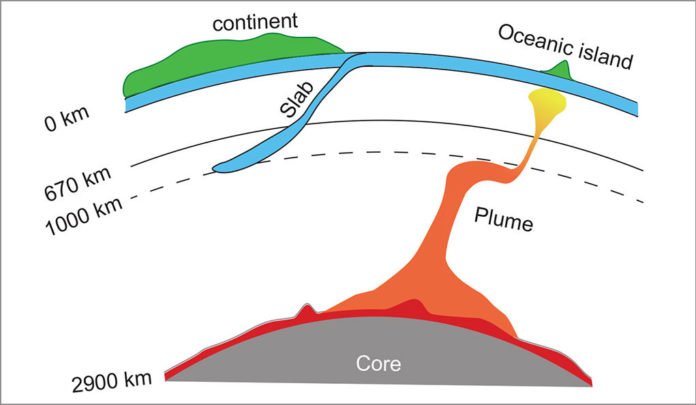Key processes deep within the earth may get affected due to the unusual melting behavior of the second most abundant mineral in the earth
According to the research by geoscientists at Yale, convection in Earth’s mantle (the slow movement of rocks circulating beneath the surface) is caused by heat from inside the Earth, which is affected by how ferropericlase melts at high pressures.
Kanani Lee, the study’s principal investigator and an associate professor of geology and geophysics at Yale, said, “The melting temperature of most materials increases as one increases pressure, and for ferropericlase, this is true except at depths between ~1000 and 1500 km.”
Jie Deng, a Yale graduate student, and the paper’s lead author, added, “We use this change in melting behavior to scale how the mantle’s flow responds and found the viscosity of this material would be at a maximum at ~1000 km, corresponding to the peak in melting temperature. This increase in viscosity would cause subducting slabs to stagnate and rising plumes to be deflected at this depth.”
Oceanic slabs driven by plate tectonics deep into the mantle, generate large earthquakes at shallow depths. The slabs continue to sink, but some of them flounder at ~ 1000 km, such as the slabs under Tonga, the Philippines, and Japan.
Besides that, rising hot rock from near the core-mantle boundary forms conduits called plumes, which feed some volcanism at the surface. Hawaii and Iceland are such hotspots whose plumes are deflected at ~ 1000 km depth, which may affect the surface expression of volcanism in those locations.
